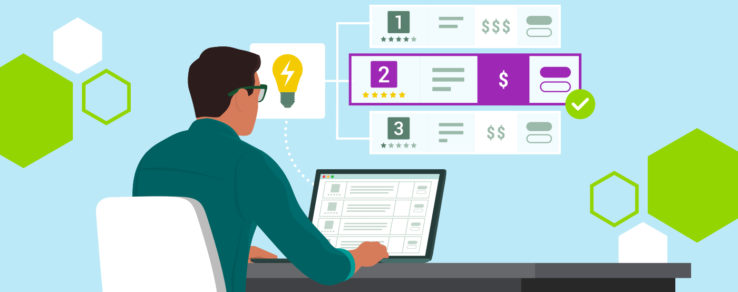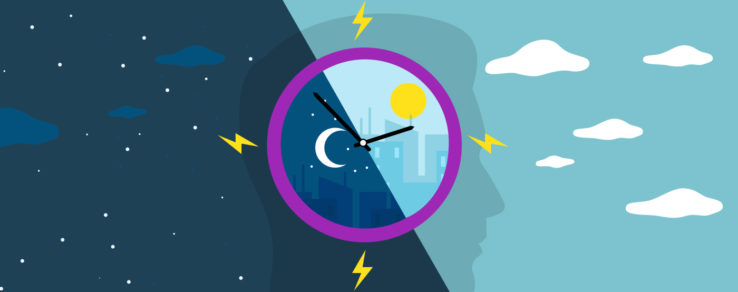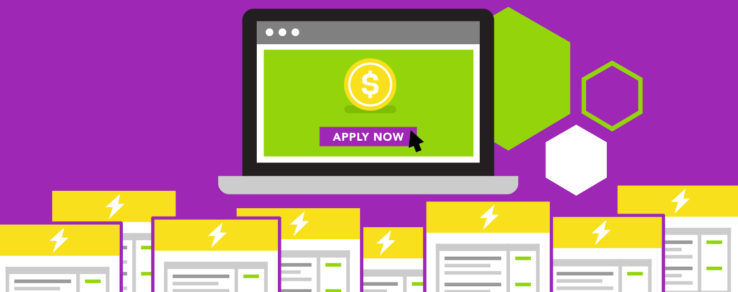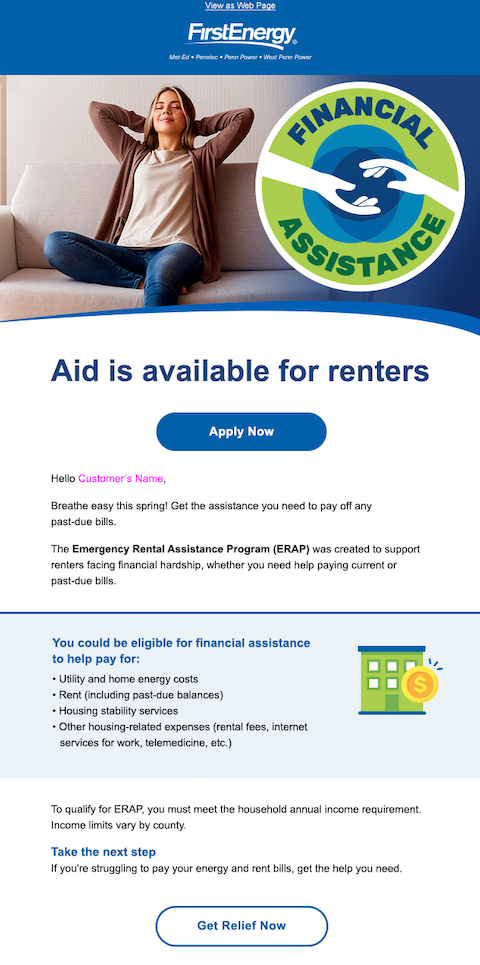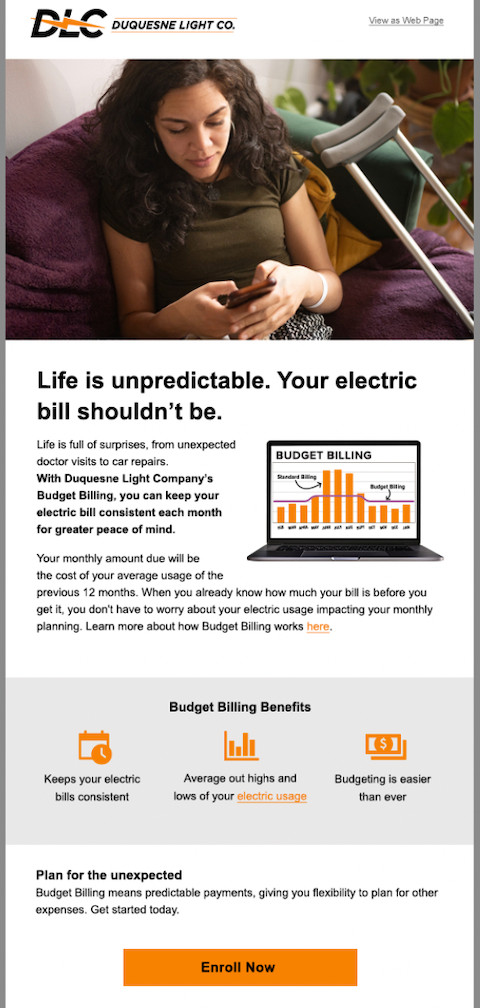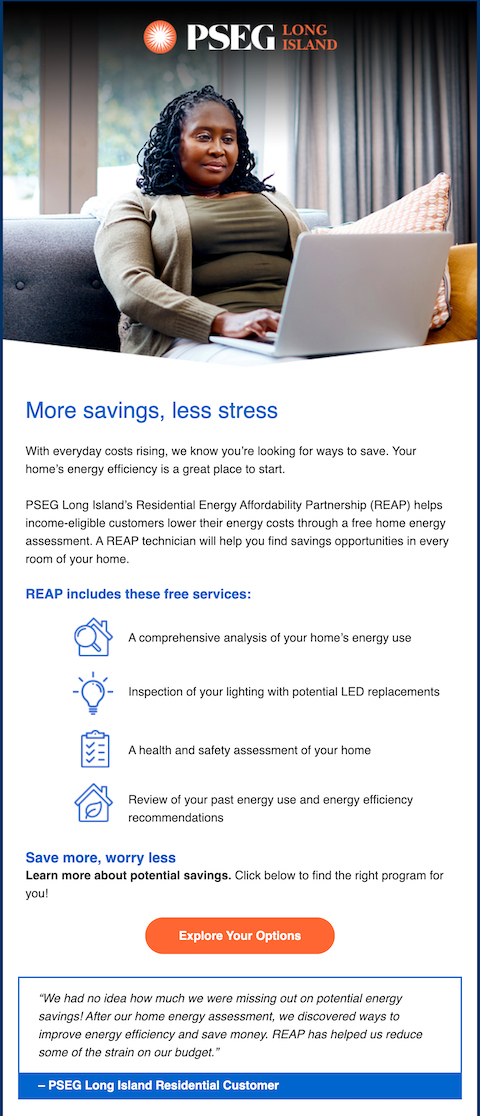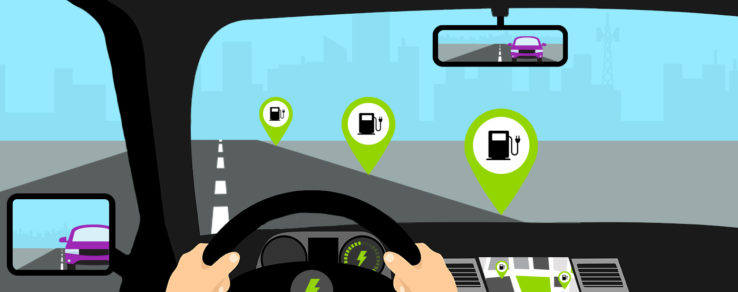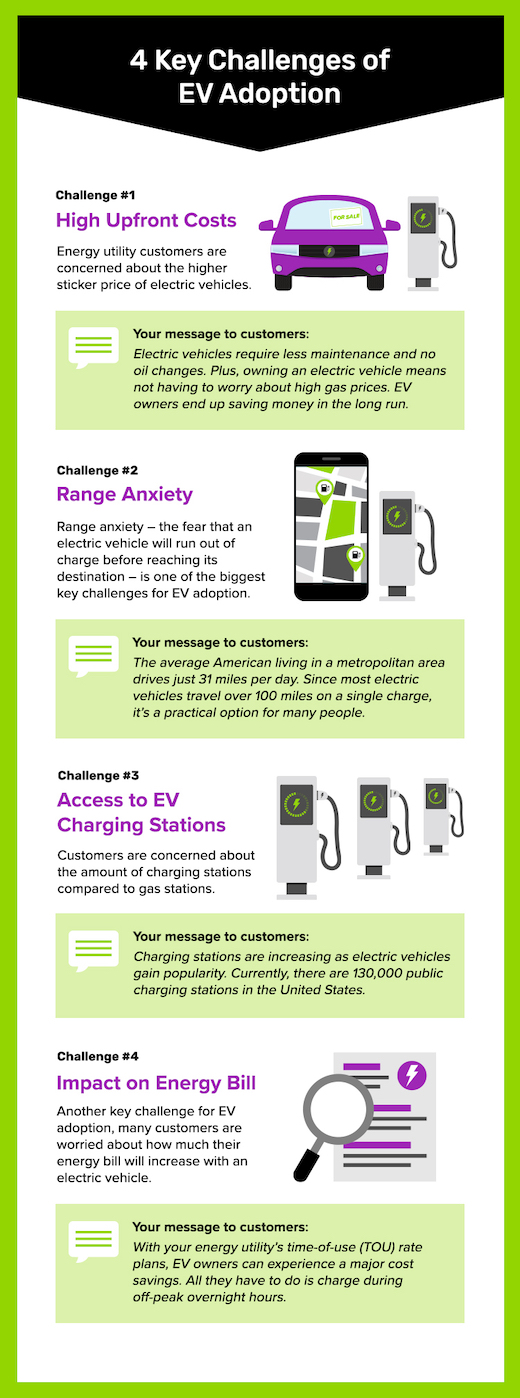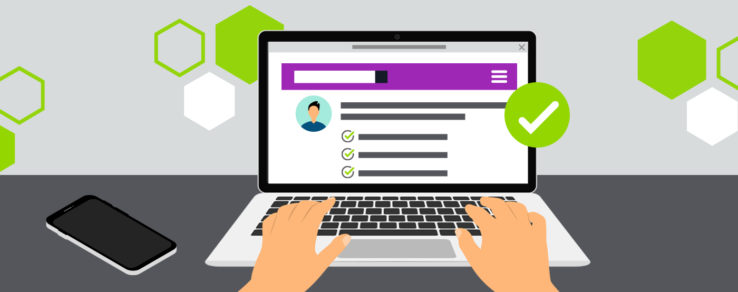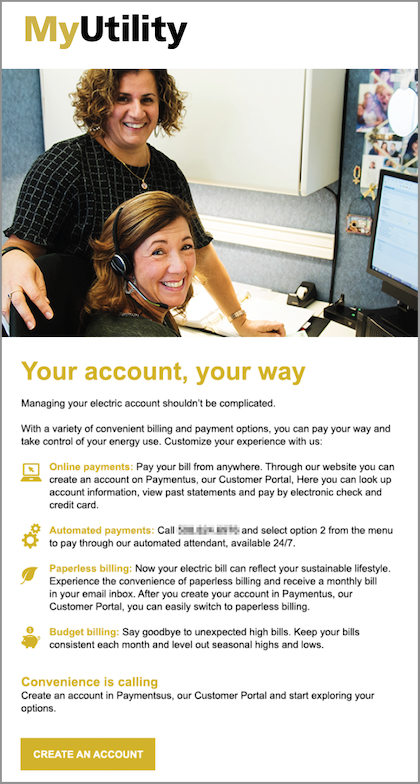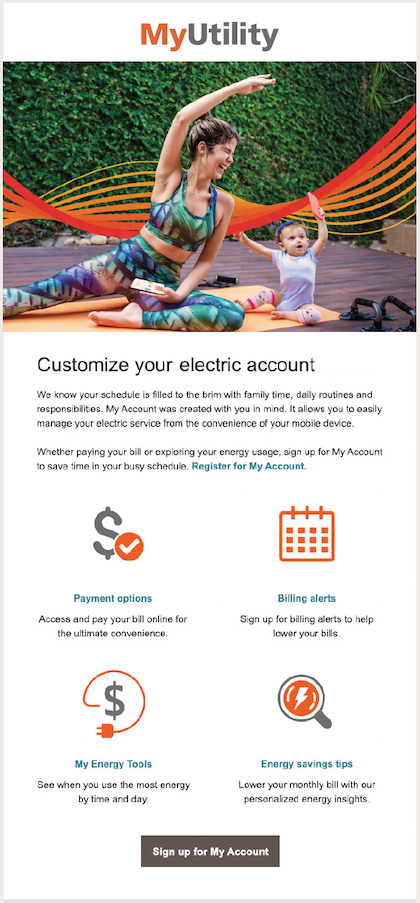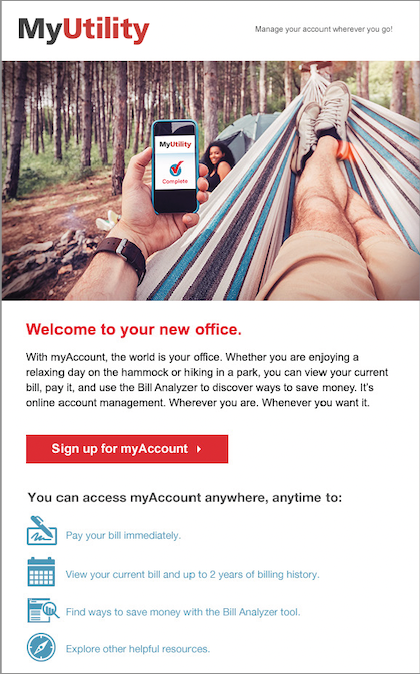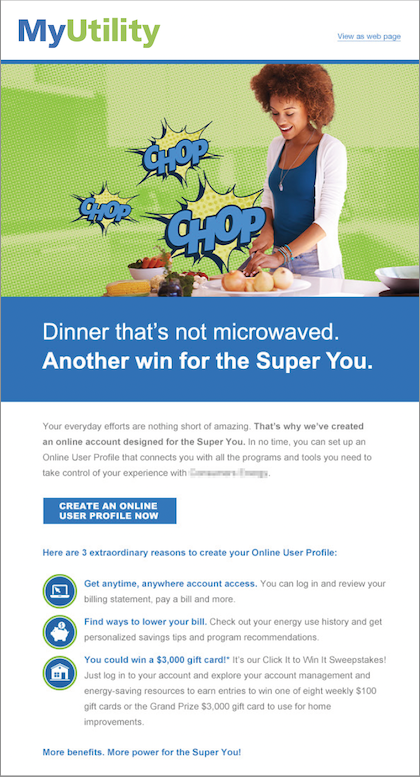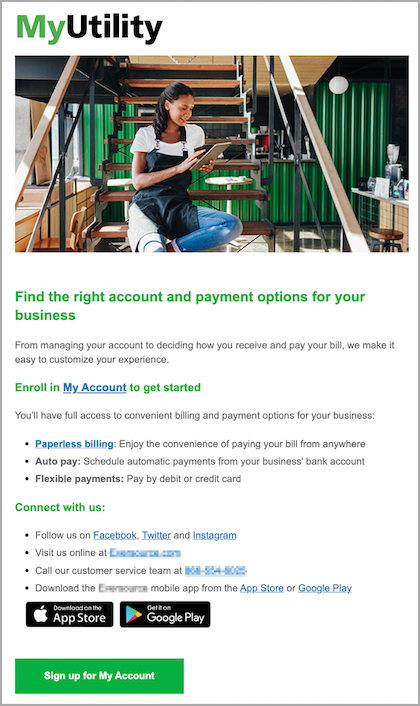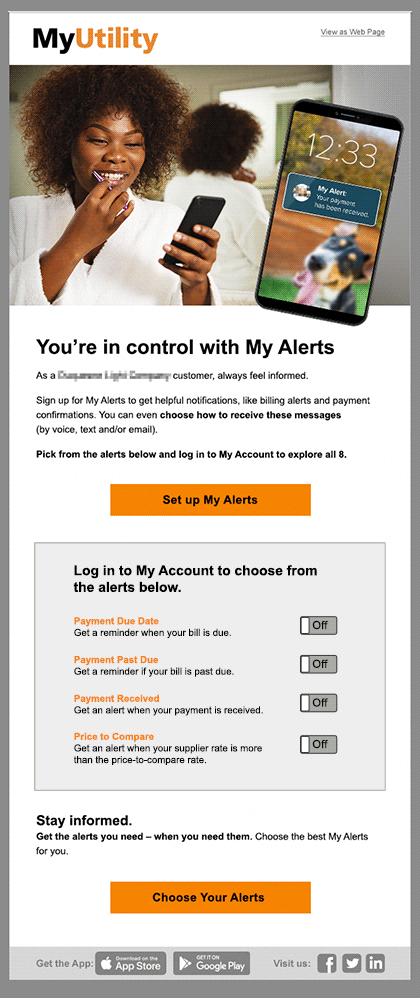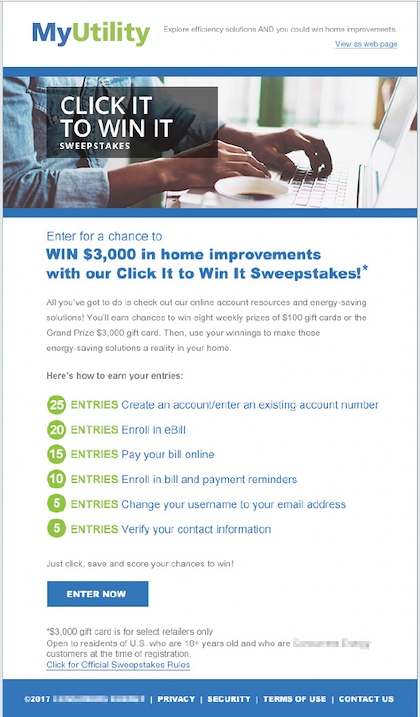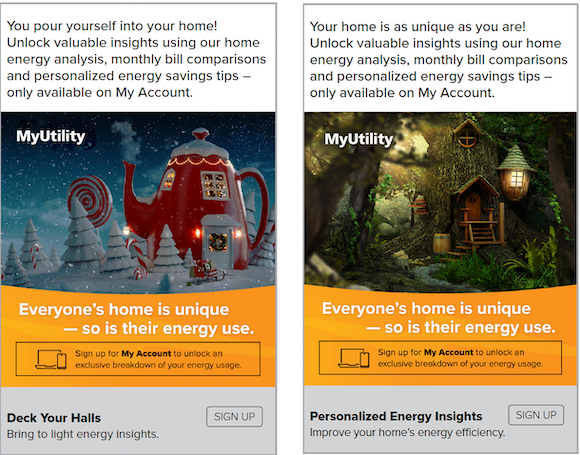Rate plan education is an essential part of reaching sustainability initiatives. Utilities that promote rate plan options, improve self-service tools and use messaging that resonates with target audiences can improve customer satisfaction, even during this time of change.
By offering plans that suit their customers’ needs and incentivize energy conservation, and educating customers about those rate plans, utilities can build stronger customer relationships and contribute to a more resilient energy future.
Our recent webinar, “Educating Customers About Rate Plans,” shared insights and strategies from Questline Digital’s Elizabeth Van Horn and Fayetteville Public Works Commission’s Lamont Hinson. They explored how to communicate rate plan information and engage customers in the decision-making process. Plus, Hinson shared real-world experience from Fayetteville PWC’s rate plan promotions.
Keeping Up with Evolving Rate Plans
We have all seen a growing number of rate plan options introduced in the last few years, thanks to the capabilities of AMI and the increasing need to manage demand. This has resulted in a multitude of different types of energy rate structures. While we know the importance of these rate options in making the grid more resilient and greener, the variety of plans can be extremely confusing for customers.
In fact, data from a Smart Energy Consumer Collaborative survey, Rate Design: What Do Consumers Want and Need, reported that nearly half of residential customers don’t know what type of rate plan they have.
The study found that 64% of those customers are most aware of flat rate plans with 36% being aware of time-of-use rate plans. For business customers, 76% were most likely to be aware of flat rate plans and 52% were aware of TOU plans.
“The EIA reports that 63% of U.S. customers have a time-of-use rate plan available to them, but only 7.3% are actually enrolled,” says Elizabeth Van Horn, Account Supervisor for Questline Digital. “There are clearly some missed opportunities right in front of us. Most customers aren’t enrolled in a time-of-use plan, even if they have one available to them. And business customers want alternative rate plans, but don’t know about them. So, awareness and education are lacking among both of these groups.
While there are areas of improvement for customer education, the positive news is that customers do, in fact, want alternative rate plans. The data shows that while more than half of residential consumersare interested in trying one of them, business customers overwhelmingly prefer alternative rate plans.
Knowing that customers want these plans, it’s important to further understand what influences their decisions in enrolling, including:
- The opportunity to save money
- Environmental impacts
- Taking control of energy use
“From what we’ve seen, saving money and customers being able to be in control of their energy use are most likely to hit home. So, leading with those types of messages, especially in the current state of inflation and the rising costs everywhere, is important,” says Van Horn. “Anytime we can preach the message to save money, it’s huge. We also know that customers don’t like not knowing what their energy usage is or how to handle it, so giving them the option to feel like they’re in control is pretty powerful for them.”
Strategies for Increasing Rate Plan Enrollment
When educating customers about rate plans, it’s imperative to explain the ”why” and “what” of rate plans, share the benefits of changing their energy behavior, and provide a rate calculator for customers to use to see firsthand how their energy costs would change on different plans.
“Knowing that customers want alternative rate plans, how do we increase enrollment? Well, there’s a few strategies that we can put into place,” says Van Horn. “First, we need to educate, educate, and educate. Customers don’t know what they don’t know. They’ve been paying for electricity the same way for 140 years. Even though customers are aware that alternative rate plans exist, don’t assume that they know how their rates work or how monthly bills will be affected. A foundation of basic education is needed for customers to make informed decisions.”
Additional strategies for boosting rate plan enrollment include:
- Answer FAQs upfront in ongoing communications
- Segment communications and focus on increasing awareness among certain demographic segments
- Promote the many benefits of alternative rate plans
- Show, don’t just tell with personalized customer communications
- Incentivize customers
It’s important to remember that education needs to happen in as many channels and platforms as possible. Customers like to learn in different ways, so you need to make sure you’re offering education in the ways that your customers prefer, including on social media, direct mail, text alerts and more.
Additionally, educating customers about rate plans shouldn’t end after a customer enrolls. You want to make sure that customers understand their new rate plan, that they are benefiting from it, and that you’re there for them if they have questions. This is where your utility’s role as their trusted energy advisor really shines.
Take advantage of the opportunity to send real-time feedback to them. This might include implementing an onboarding campaign that sends a series of nurture emails over the first month that educates customers about the new rate (including usage information).
Following this onboarding period, continue the regular communications with a monthly newsletter segmented for customers on each rate plan. You can include seasonal tips and advice to make sure they understand the plan and continue to benefit throughout the year.
Your customers will appreciate knowing that you’re still there for them, walking them through these plans, even after they’ve made the switch.
Fayetteville PWC: A Rate Plan Success Story
Hinson shared that in 2018, Fayetteville PWC began strategizing its rate plan communications ahead of its time-of-use introduction to customers in 2019.
The utility was adopting time-of-use rates to better align the rates the utility charges with the costs that they pay for electricity. Knowing that they had a full year to communicate the changes to customers, Fayetteville PWC began strategizing its promotions and communicating on multiple platforms, including:
- Newsletter and email campaigns
- Social media
- Community events
- PWC Connections TV
- Monthly advertising
The utility used handouts, their website, videos and even a magnet customers could take home to communicate about time-of-use rates. Additionally, they leveraged a variety of community outreach efforts to meet customers in-person to answer questions and get feedback about the changes.
“We didn’t want to stay behind a desk or at a keyboard sending out our messages or just sending out mailers. We knew we had to have boots to the ground,” says Hinson. “So, with the events that we lined up in the community, we used those outreach efforts to also educate, take on questions and get information. We took advantage of those opportunities.”
To assist with the utility’s communications, Fayetteville PWC rolled out various supporting resources throughout the year, including:
- Online rate calculator, supplied August 2018
- Hourly usage on new web portal, supplied October 2018
- Thermostat incentive/engagement programs, supplied November 2018
- Web portal (Phase 2) rate comparison, supplied March 2019
- New bill design with TOU, supplied Spring 2019
- Customer newsletter/email campaign, supplied Spring 2019
- Conservation calendar, supplied 2019 – Present
Fayetteville PWC also used targeted messaging to reach customers who were EV owners or potential adopters about TOU benefits. The utility used analytics to identify residential customers who have a propensity for EV adoption and sent direct communications to them. Additionally, the utility connected with EV clubs and car dealerships and communicated the rate information through channels like social media, targeted email blasts and a newsletter.
“Keep it simple. Try to keep it as simple as possible,” says Hinson. “We try to break down those ‘journalistic W’s’ so explaining what’s happening, why it’s happening, when it’s happening and, as mentioned, the impact — how the customer could potentially benefit from it.”
In strategizing their communications, Fayetteville PWC’s goals were to educate, increase public engagement and perform targeted outreach. The utility achieved success by beginning its communications early to develop that trust and loyalty among customers, as well as connecting with customers in a variety of formats.
“For us, in order to really see if we have hit our goal, you want to know if your customers have actually received the education, if they understand it. When they’re out amongst their friends or family, they can explain it. That kind of lets you know that they get it,” says Hinson. “You can’t stay locked up in an office and really think that you have an understanding of your customer base. And with targeted outreach — things sometimes can’t just be you sending out the whole net, sometimes you have to target specific accounts, specific customers in order to reach your goal of communicating the message.”
10 Key Steps to Educating Customers About Rate Plans
The advice shared by the experts during this webinar included 10 key ways that utilities can communicate with customers and drive enrollment in new energy rate plans:
- Many customers are not aware of the rate plan options available to them. Continuous education is needed.
- Customers want alternative rate plans, especially business customers.
- Saving money and gaining control of energy usage are powerful motivators for customers. Focus messaging on these benefits.
- Use targeted messaging for different customer segments. For example, consider early adopters, millennials, low-income, and EV owners.
- Provide resources like a rate calculator to help customers understand how plans will impact them.
- Answer common questions upfront in communications. Think about what customers want to know and address those.
- Use incentives like bill credits to drive enrollment.
- Continue communication after a customer enrolls to ensure they understand the new plan. Provide feedback on their usage and ways to optimize savings.
- Meet customers where they are by using a multichannel approach. Use the channels they prefer like email, social, direct mail, etc.
- Evaluate the success and impact of communication efforts. Look at enrollment numbers, event feedback and surveys. Make adjustments as needed.
